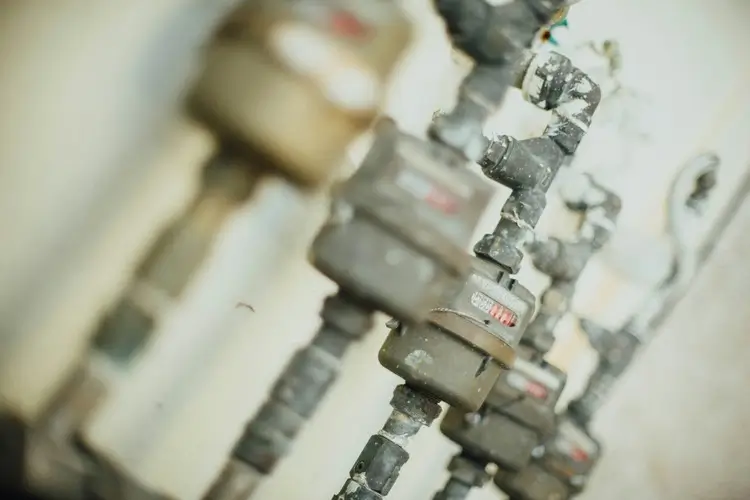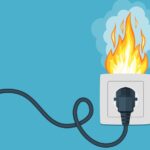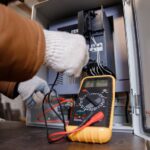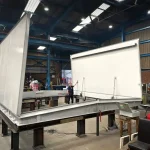Plumbing is not an aspect of home planning that might come to mind when considering fire safety, but, as winter rolls in, the risks posed by freezing start to heighten the risk. As CBS News notes, millions of Americans are at risk of frozen pipes in their homes, and this poses two distinct risks.
The first is a direct risk; that pipes will freeze and crack, creating leak risks within the home, which may then create fire risks on electrical systems. Second, that homeowners will feel the need to use unsafe thawing methods to try and ease the problem.
Good quality and proper plumbing is the answer to this; first, in the basic physical property of the pipes, and second, through modern smart home techniques to help mitigate and minimize the risk.
Good quality basics
In their review of the best ways to prevent pipe freezing, USA Today highlights the simple and most effective way to prevent pipes from freezing – insulation. In a pinch, homeowners can use newspaper or foam to provide their plumbing systems with resilience. This is a good makeshift solution, but provides a nod to the best way to prevent frozen pipes. Whilst temperatures are warmer, hiring a registered plumber to perform a risk assessment and upgrade on pipes is a great way to minimize risk.
According to Anytime Plumbing, repiping costs for a residential property can be managed efficiently using PVC. During this process, installing proper insulation through foam and or fiberglass will ensure that home pipes are effectively protected against swelling and the consequent chance of any breaking.
Monitoring the home
The best laid plans can be made ineffective if the home ends up dropping to too-low temperatures. As such, the onus is on the homeowner to ensure that they are monitoring their home. There are specific levels around this to monitor.
According to Yahoo, if the home thermostat reads lower than 55 degrees there is a particular risk of freezing and then pipes breaking as a result. Plumbing comes into this, too. Thermostats should be placed at a location in the home that can properly reflect the underfloor plumbing – working with a heating engineer and plumber to make sure that whole-house temperature is not just a reflection of room temperature.
Utilizing technology
Increasingly, plumbing systems utilize sensors and other high-tech solutions to provide fine monitoring of home plumbing systems. One ScienceDirect study of larger-scale building management noted the benefit of sensor systems in identifying leaks, and this could be used at the residential level, too. This has a beneficial sidenote, too, of helping to monitor water efficiency, through metrics such as the amount of water loss through flushing.
This provides a year-round benefit for homeowners by reducing the level of water use on a day-to-day basis, ultimately representing a cost saving. The most crucial aspect, of course, is safety, and ensuring that plumbing does not contribute to fire risk in the home, whether through leaks caused by cracked pipes or through homeowners needing to use manual methods to warm pipes up.






